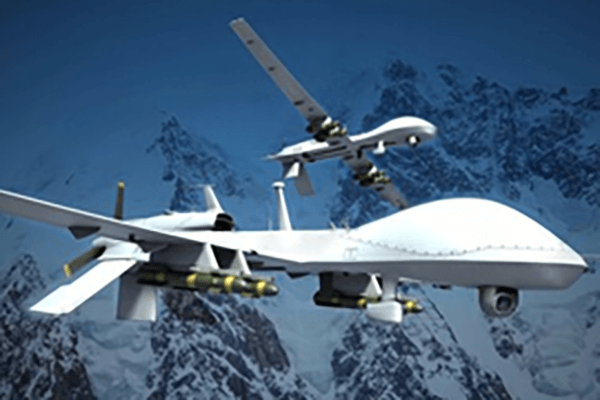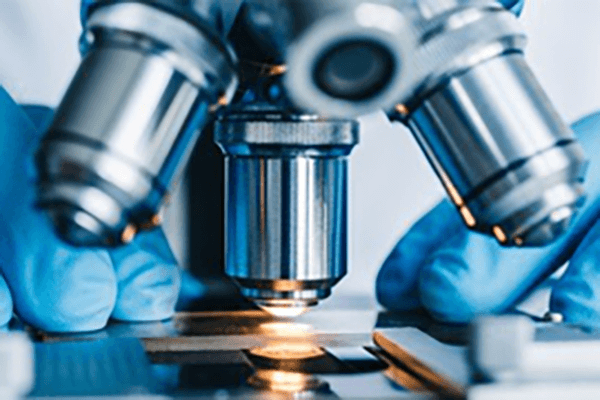
Realizing precise finish on a turned or milled piece is vital.
- Engineering annotations specify detailed surface expectations for components
- These callouts often use terms like "Ra," which stands for arithmetic mean deviation to quantify the surface roughness
- Understanding these callouts is fundamental for ensuring manufactured parts meet performance requirements
- Specified roughness affects lubricant distribution, frictional performance, and durability
- Accurate interpretation of callouts is required to realize the targeted surface
CNC Machining — Precision Engineering Explained

CNC machining represents a game-changing method in production via numerical control software the system carves sophisticated geometries with precision.
- Automated machining allows fabrication of accurate parts from multiple materials
- Wide-ranging CNC applications encompass medical, electronics, and transport industries
- Numerical control systems guarantee repeatable accuracy between batches
From prototyping to mass production CNC machining plays a pivotal role in shaping modern manufacturing
CNC Specs Explained
Decoding CNC machine specifications can feel daunting at first glance
Though a little background plus organization helps you interpret technical details effectively
Begin by identifying the key parameters such as spindle speed feed rate accuracy work envelope and controller type
Each metric impacts the machine’s aggregate capability.
To illustrate, faster spindle rotation fits soft materials and quicker feed improves production rates.
Knowing these correlations permits matching machine capabilities to your specs
Remember to consult the manufacturer's literature thoroughly.
Maker resources usually present informative direction and demystify jargon
CNC Machines Explained: A Full Guide
Computer-operated machining stations are programmed units for precise automated part fabrication across materials These systems execute G-code sequences to govern tool movement and actuation.
- Several forms of CNC equipment are mills, lathes, routers, plasma cutters
- Cutting methods suit steels, plastics, woods, and layered composites
- Also CNC equipment offers quick turn prototyping and low-volume runs for innovators and labs
CNC Basics and Explanations
CNC machines represent a remarkable fusion of mechanical precision and sophisticated software control These versatile tools utilize computer programming to automatically manufacture a wide range of parts from simple components to complex assemblies Key principle turns electronic models into physical artifacts.
- Automated machine operation
- CAD-to-CAM integration
It comprises controlled axis moves directed by programmed code Engineers contribute by setting machining variables, overseeing runs, and assuring product standards.
Surface Finish's Importance in CNC Machining
Delivering planned surface condition during machining is necessary It shapes both functional outcomes and outward appearance Material characteristics, tool parameters, and finishing techniques affect texture.
A smooth surface finish can enhance the product's durability while a rougher finish may reduce its effectiveness CNC systems provide diverse tooling and strategies to reach required finishes.
- By using distinct cutter geometries |diamond tooling|spindle rpm choices to produce target surface
- Secondary operations like sanding, grinding, or polishing boost finish
Understanding parameter influences helps attain the desired surface quality.
CNC Machine Basics: From Operation to Applications
It constitutes a high-precision manufacturing approach using programmed machine tools to form parts from many materials They execute coded toolpaths to create intricate parts repeatedly Familiarity with programming, tooling, and machine operation is key to process success
Use cases cover aerospace, automotive, medical, electronics, and more sectors From engine components to precision tooling, CNC enables production of sophisticated geometries
Surface Finish Callouts for CNC Machined Parts
Appropriate surface specification is essential during CNC part production It makes sure the product satisfies function and aesthetic demands Manufacturers often rely on Ra (roughness average) to represent surface finish Measured in micrometers or inches, the number reflects mean surface roughness height.
Consider needed smoothness and the part’s application to determine finish requirements

Often a polished surface is selected when precise tolerance and fit are required
More pronounced surface profiles help applications relying on friction or traction
Utilize a clear and concise callout in your engineering drawings to communicate the desired surface finish Record Ra alongside additional machining recommendations or surface treatments.
Bear in mind accurate finish callouts drive better manufacturing results
CNC Machine Types and Their Functions
The world of CNC machining is vast and diverse with a wide array of machines designed to tackle various types of tasks They adopt CAD-to-CAM pipelines to steer cutting tools for precise part manufacture.
- Milling centers craft intricate contours cavities and surfaces by subtractive cutting
- Profiling routers cut complex outlines usually in softer materials
- Laser, waterjet, and plasma technologies suit intricate shapes and delicate workpieces
Select machinery by weighing material, complexity, and tolerance needs Distinctive CNC features make these machines indispensable across multiple industries.
Attaining Superior Surface Quality via CNC
Attaining top-quality surfaces is critical in fabrication and CNC techniques facilitate that achievement Using accurate feed and speed selection plus optimized tool geometry technicians refine cutting action to reduce surface flaws Besides that quality tooling combined with good lubrication practices leads to improved surface results Through careful selection of cutting strategies and meticulous machine setup CNC machining enables the creation of components with exceptional surface quality for diverse applications.
Securing Surface Finish Through CNC Programming
Programming skills that affect finish are critical for reaching surface goals Machining parameter combos such as feed, rpm, and tool geometry set the surface characteristics Meticulous parameter tuning together with suitable coolant use promotes smoother finishes.
- In define cnc machine addition periodic tool servicing and checks secure consistent surface quality Plus regular inspection and maintenance of tools copyright finishing standards Additionally routine tool checks and upkeep maintain consistent finish quality
- To improve surface outcome account for material, roughness target, and application
- Simulated machining supports parameter refinement to mitigate surface issues
- Besides that systematic tool upkeep and monitoring ensure sustained surface quality
